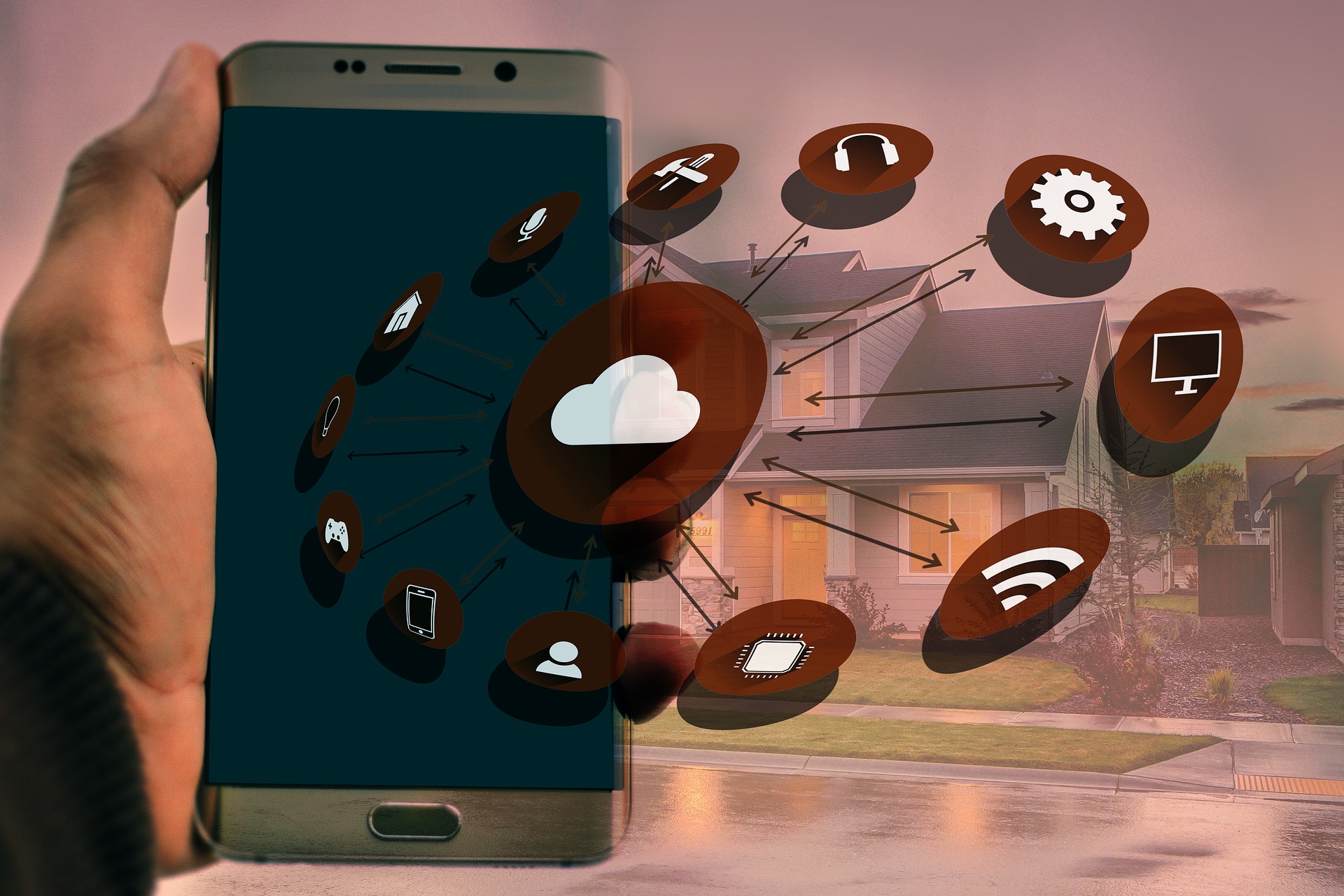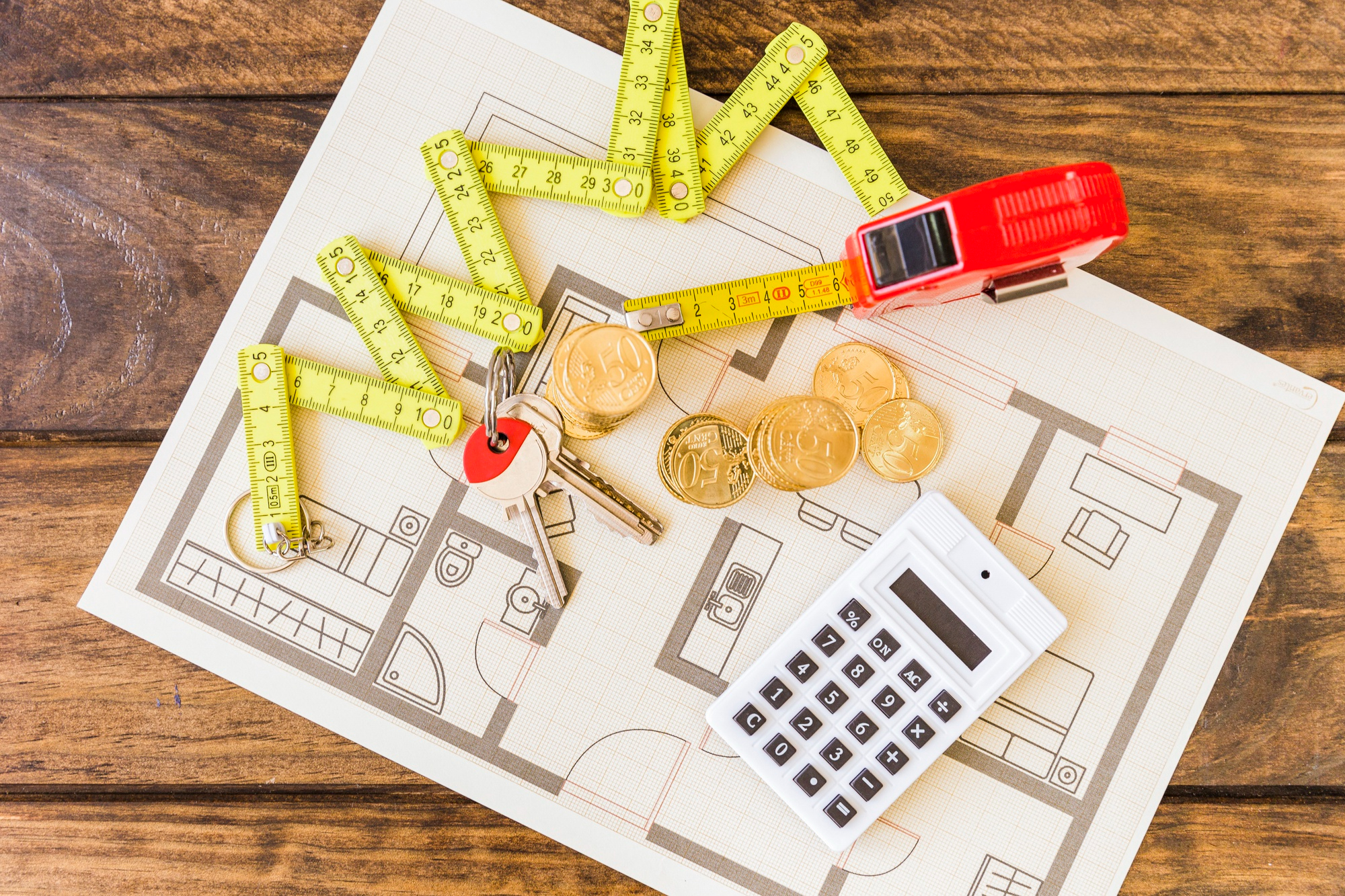Smart home technology has been rapidly advancing in recent years, and the Philippines is not left out of this trend. With the growing interest in improving the comfort and safety of homes, smart devices are becoming more affordable and popular among locals. In this article, we take a look at the hottest smart technology trends in the Philippines, from smart lighting control systems to advanced security and energy management solutions, and learn how they are transforming everyday life.
Overview of Smart Home Technology Adoption
In recent years, smart home technology has gained significant traction in the Philippines, driven by increased internet penetration and a growing middle class. The adoption of these technologies is evident in the rise of smart devices such as voice-controlled assistants, automated lighting systems, and home security cameras. Urban areas, particularly in cities like Manila and Cebu, have seen a surge in smart home installations, reflecting a shift towards modern, tech-savvy living environments. As more Filipino households embrace these innovations, the market for smart home products continues to expand.
This trend is further supported by the availability of affordable smart home solutions and a rising awareness of their benefits. Local tech companies and international brands have introduced a variety of products tailored to the needs of Filipino consumers, enhancing convenience, security, and energy efficiency in homes. The growth of smart home technology in the Philippines is a testament to the country’s increasing technological adoption and the desire for improved quality of life through modern innovations.
Popular Smart Home Devices and Systems
Smart home technology in the Philippines encompasses a wide range of devices that enhance convenience, security, and energy efficiency. Among the most popular smart home devices are:
- Smart Speakers: Devices like the Google Nest Hub and Amazon Echo provide voice control for various home functions, from managing music and setting reminders to controlling other smart devices. They serve as the central hub for many smart home systems, integrating with a wide array of products to streamline daily tasks.
- Smart Security Cameras: Brands such as Arlo and Ring offer advanced security cameras that allow homeowners to monitor their properties in real-time. These cameras often feature motion detection, night vision, and remote access through mobile apps, enhancing home security and providing peace of mind.
- Smart Thermostats: Devices like the Nest Learning Thermostat and Ecobee SmartThermostat help manage home heating and cooling efficiently. These smart thermostats can be programmed to adjust temperatures based on user preferences and occupancy patterns, contributing to energy savings and comfort.
- Smart Lighting Systems: Philips Hue and LIFX provide smart lighting solutions that can be controlled via mobile apps or voice commands. These systems allow users to adjust brightness, color, and lighting schedules, enhancing both ambiance and energy efficiency.
These devices and systems are becoming increasingly common in Filipino homes, reflecting a growing interest in leveraging technology to improve daily living and overall home management.
Integration of Smart Home Technologies with Local Infrastructure
| Aspect | Local Adaptation | Examples |
| Internet Connectivity | Expansion of high-speed internet and fiber optic networks. | Improved accessibility to smart home systems. |
| Local Partnerships | Collaboration between tech companies and local service providers. | Smart home installations and maintenance services. |
| Infrastructure Compatibility | Adaptation of smart technologies to existing home structures. | Integration with traditional electrical systems. |
The integration of smart home technologies with local infrastructure in the Philippines is essential for their effective adoption. Here are some key aspects:
- Internet Connectivity: The expansion of high-speed internet and fiber optic networks has made it easier for households to adopt smart home systems. Improved connectivity ensures that smart devices can operate smoothly and be controlled remotely, enhancing the overall user experience.
- Local Partnerships: Collaborations between technology companies and local service providers are crucial for the successful deployment of smart home technologies. These partnerships facilitate efficient installations, offer support services, and ensure that smart home solutions are tailored to meet local needs and preferences.
- Infrastructure Compatibility: Smart home devices are increasingly designed to be compatible with existing home infrastructures. This includes adapting to traditional electrical systems and integrating with other home automation technologies. Such compatibility reduces the need for major renovations and allows for a smoother transition to smart home living.
By addressing these aspects, the integration of smart home technologies with local infrastructure helps ensure that these innovations can be effectively implemented and utilized in Filipino households.
Impact on Energy Efficiency and Sustainability
Smart home technologies have a profound impact on energy efficiency and sustainability, contributing to both environmental benefits and cost savings. Here’s a closer look at how these technologies influence energy use and environmental practices:
- Energy Consumption Management: Smart home devices such as smart thermostats and lighting systems allow for precise control of energy consumption. For example, smart thermostats can learn user habits and adjust heating and cooling schedules accordingly, reducing unnecessary energy use. Similarly, smart lighting systems can automatically turn off lights when rooms are not in use, further conserving energy.
- Real-Time Energy Monitoring: Many smart home systems come with energy monitoring features that provide real-time data on energy consumption. This information helps homeowners identify and address energy waste, allowing for more informed decisions about how to manage their energy use. Users can track their consumption patterns and make adjustments to optimize efficiency.
- Integration with Renewable Energy Sources: Smart home technologies can be integrated with renewable energy sources, such as solar panels. For example, smart energy management systems can optimize the use of solar power, ensuring that excess energy is stored or used efficiently. This integration supports the transition to more sustainable energy practices and reduces reliance on fossil fuels.
- Eco-Friendly Devices and Materials: Many smart home devices are designed with energy efficiency in mind and use eco-friendly materials. For instance, LED smart bulbs are more energy-efficient and have a longer lifespan compared to traditional incandescent bulbs. This contributes to reduced overall energy consumption and waste.
By incorporating these smart home technologies, homeowners can significantly enhance their energy efficiency and sustainability practices. The adoption of these innovations not only leads to cost savings but also supports broader environmental goals, contributing to a more sustainable future.
Security and Privacy Concerns
The adoption of smart home technologies introduces several security risks that homeowners must be aware of. Smart devices, such as security cameras, smart locks, and voice assistants, are often connected to the internet, which can make them vulnerable to cyberattacks. Hackers may exploit weaknesses in these devices to gain unauthorized access to personal information or even control home systems remotely. It’s essential for users to understand the potential vulnerabilities of their smart devices and take steps to mitigate these risks, such as keeping software updated and using strong, unique passwords.
Privacy Implications of Data Collection
Another significant concern is the privacy implications associated with smart home technologies. Many smart devices collect data on user behavior, preferences, and daily routines to provide personalized experiences. However, this data collection can lead to privacy issues if not managed properly. Users should be cautious about the information they share and review privacy settings to control what data is collected and how it is used. It is also important to understand the data retention policies of device manufacturers and ensure that sensitive information is protected against unauthorized access and misuse.




